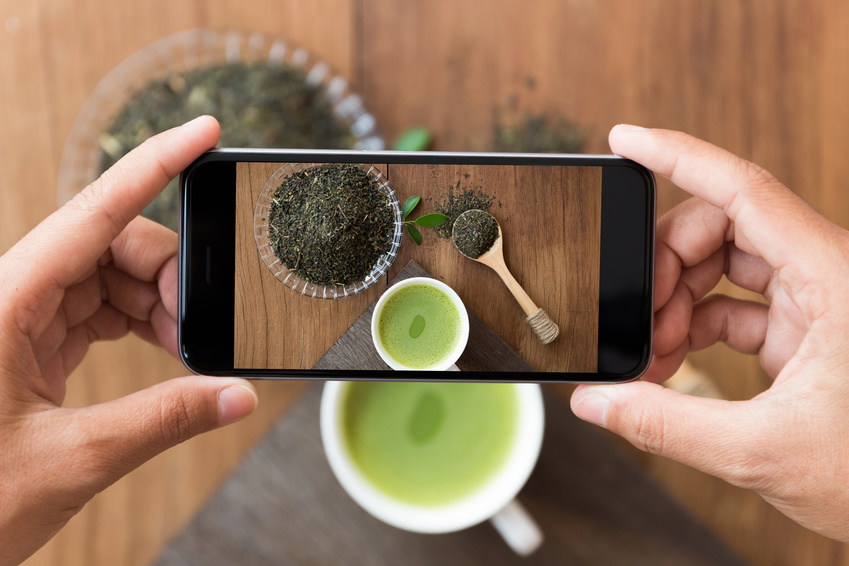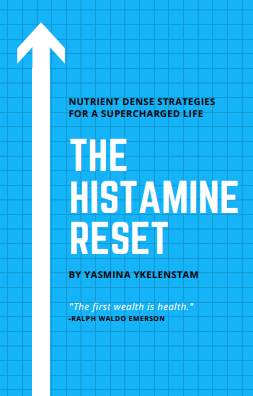
The future of allergy detection is here, and it fits on your keychain. It’s been a while since I’ve been this excited to hear of a new product aimed at people living with allergies and histamine intolerance. Discovering allergies and controlling them with medications and by avoidance, helps minimise the effect of histamine intolerance and inflammation on the body.
For more on that please read about the inflammation bucket here.
Over 50 million (no, that’s not a typo) Americans have food allergies. It just takes a crumb or a trace amount of an allergen to trigger scary reactions. Thankfully Harvard researchers have found the solution for those of us who are getting tired of being hermits terrified of dining beyond our own kitchens. It’s a $40 mobile allergy lab that’s small enough to fit on a keychain. It can test for traces of allergens like gluten and nuts in less than 10 minutes.
It uses “integrated exogenous antigen testing”, or iEAT as they’re calling it. The system was created using existing technology for other medical problems like detecting cancer in blood samples, and applied them to resolving the very real concerns of not knowing what on earth is in your food when eating out.
THE GOAL
The scientists created the device so consumers can make an educated decision about whether the concentration of the allergen is high enough to be dangerous. They hope that users will not have to avoid foods completely once they have the device.
HOW DOES IT WORK?
The device comes with a mini test tube to dissolve a food sample, which is then slotted into to electronic keychain reader. It then displays is an allergen is found, and at what concentration. Testing of the device revealed that it can detect gluten at levels 200 times lower than the Federal standard of allowed gluten in gluten free foods. (Didn’t know that? Indeed, a food just needs to be below a certain gluten threshold to be deemed gluten free.) A smart phone app communicates with the iEAT device through bluetooth. It does a number of cool things like take photos of the food, the user, but more importantly, it displays levels of the allergens.
The app has a kind of Foursquare or Yelp side to it, allowing users to add restaurants and even supermarket foods to a map, with time stamps. The hope is it’ll help those with allergies identify places consistently serving foods that fall below triggering concentrations.
iEAT won’t be out for a while, but I have already contact the study authors asking if we can add histamine to the testing protocol.
In the meantime, don’t miss my post on getting what you need when eating out.
You’ll find recipes full of foods with antihistamine and anti-inflammatory properties my books Anti-Recipes and The Anti-Cookbook
CLICK HERE TO CREATE YOUR OWN PERSONALISED HEALING HISTAMINE PLAN.













